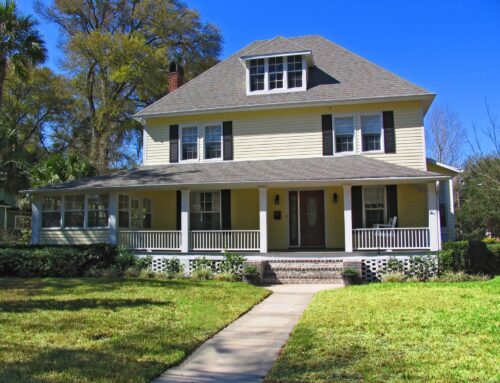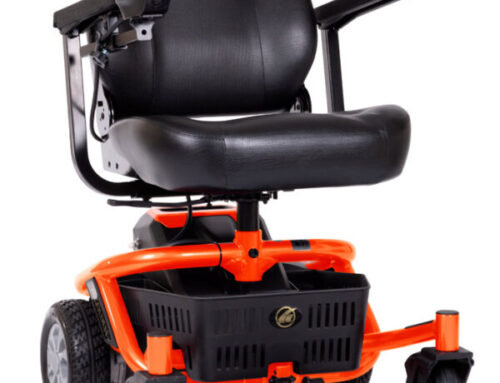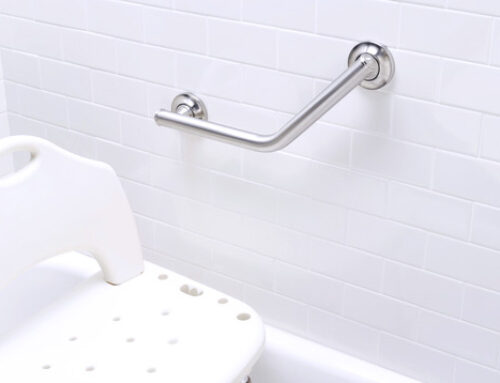Stroke is a leading cause of serious long-term disability and each year more than 795,000 people in the U.S. suffer one. Many survivors have paralysis and/or balance problems, and 40% of stroke survivors suffer serious falls within a year after having one.
Following a stroke, signals from the brain to the muscles often don’t work correctly. That may cause an arm or leg to become paralyzed and possibly develop spasticity (when muscles are tight and stiff, and resist being stretched). Additionally, consideration should be given to stroke survivors having weaker leg muscles, painful muscle spasms, poor vision, dizziness, and having to take medicines that may compromise balance and increase the risk of falls.
Modifications
Life at home after a stroke can be challenging. But minor changes can make a home safe to move around in and help survivors regain some independence. Start with some basics:
- Clear all paths to kitchens/bedrooms/bathrooms
- Remove loose carpets/runners in hallways and stairwells, or fasten them to surfaces with nonskid tape for better traction
- Make sure people recovering wear nonskid shoes and avoid slick surfaces
Depending on the severity of the stroke, some stroke survivors may be able to have a full or partial home-based rehabilitation program. Such programs may allow a person to practice skills in the context of their personal living environment. In these cases, it is so important to have a floor plan that facilitates rehab activities and provides maximum access to areas of the home, even after recovery. You will need to consider the reinforcement of unsteady surfaces and fixtures and ensure that areas are more open for exercises and hands-on therapy. That may include moving couches, tables, and other furniture closer to walls; it may also extend to the placement and functionality of bathroom fixtures, and modifications to doors and doorway widths.
Next, consider modifying the home with assistive devices that provide safety and allow for easier and steadier movement through rooms, hallways, and entrances such as:
- Grab bars
- Bathroom modifications
- Ramps
- Anti-slip floor treatment in the bathroom
- Raised toilet seats
- Recliner Lift Chairs
- Stairlifts to access additional floors of the house with ease
- A bench for the shower/tub
- Plastic strips on bottoms of showers/tubs for better grip
- Handrails on stairs
Getting Around
Movement aids may also become part of a stroke survivor’s daily life. You may wish to speak with physical, occupational, or other rehabilitation specialists for recommendations about items that help stroke survivors gain strength and move more freely such as braces, canes, and walkers.
Angelion Mobility can help you obtain the equipment and home modifications needed to keep stroke survivors at home and focused on recovery. We offer solutions for people with limited mobility, including power wheelchairs and scooters, recliner lift chairs, stairlifts, ramps, and complete bathroom modifications. Our mobility concierge will listen to the needs of your loved one to develop a plan that secures necessary equipment and other resources they may need. Our goal has always been to help those experiencing limited mobility obtain quality solutions and gain the ability to remain safe at home so they can fully engage in a life without limitation.





